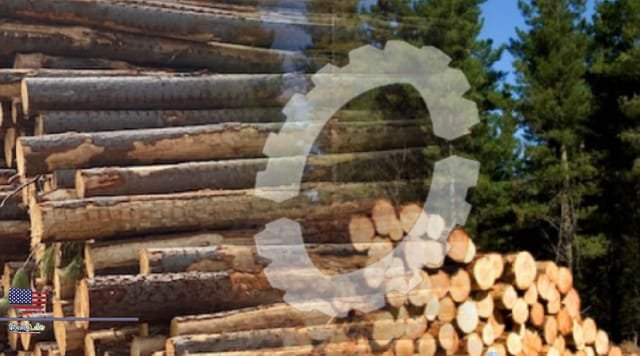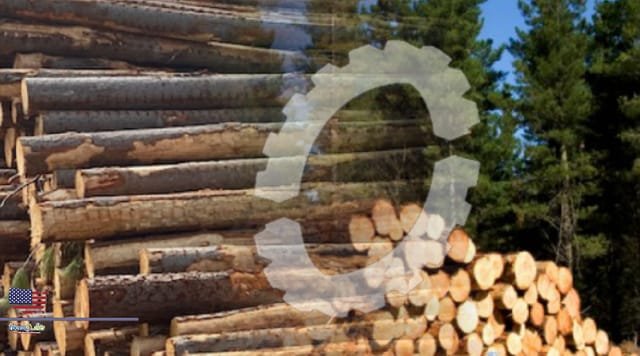One of Australia’s largest timber-producing regions will explore using low-value wood fibre in engineered product forestry sector to address the nation’s growing structural timber deficit crisis.

The Green Triangle forestry industry, spanning parts of western Victoria and the Limestone Coast in South Australia, has received a $1.3 million federal grant to explore the creation of new wood products using softwood and hardwood pulp.
The project comes amid the ongoing export log ban by China and structural timber shortages faced by homebuilders, renovators and the construction sector. A report by Forest and Wood Products Australia claims demand for new housing will climb from 183,000 new dwellings per year to 259,000 by 2050.
This is expected to drive an increase of almost 50 per cent in the demand for sawn softwood. Construction Forestry Maritime Mining and Energy Union national secretary Michael O’Connor said action was needed.
Australia’s timber shortage is expected to worsen with demand for housing set to increase 50 per cent by 205 A new project will try to convert low-grade timber into wood products suitable for constructio The new engineered wood products would be made from softwood and hardwood pulp Construction Forestry Maritime Mining and Energy Union national secretary Michael O’Connor said action was needed.
“The timber shortage crisis is a global problem, and Australia can’t look to other markets for solutions. We need our own plan.”
Forest and Wood Products Australia, in partnership with the Green Triangle Forest Industries Hub, has received an Agricultural Trade and Market Access Cooperation program grant to explore opportunities to create new wood products using softwood and hardwood pulp.
Green Triangle Forest Industries Hub executive general manager Liz McKinnon said the project was potentially exciting for the regional industry, as it underpinned thousands of local jobs.
“Recent export log bans to China highlighted the lack of domestic forestry sector processing opportunities for both softwood pulp log and hardwood chip, while at the same time there has been a shortage of structural timber to meet growing housing demand,”
Australian Forest Products Association chief executive Ross Hampton hoped the forestry sector’s innovation would help alleviate the domestic timber shortage.
“We think this project is going to free up a lot more timber in the future, if it successfully works, Ultimately, we hope to deliver more timber to our markets, to our domestic processes; and to those consumers, builders, home owners and renovators who are so desperately after more timber.”
While the trials would deliver a number of new wood products suitable for construction, he said innovation alone would not solve the supply problem. “Ultimately, of course, we really have to get more trees in the ground,” he said. “That’s the big solution and that’s what we’re pushing really hard for in this election
Source: This news is originally published by abc
